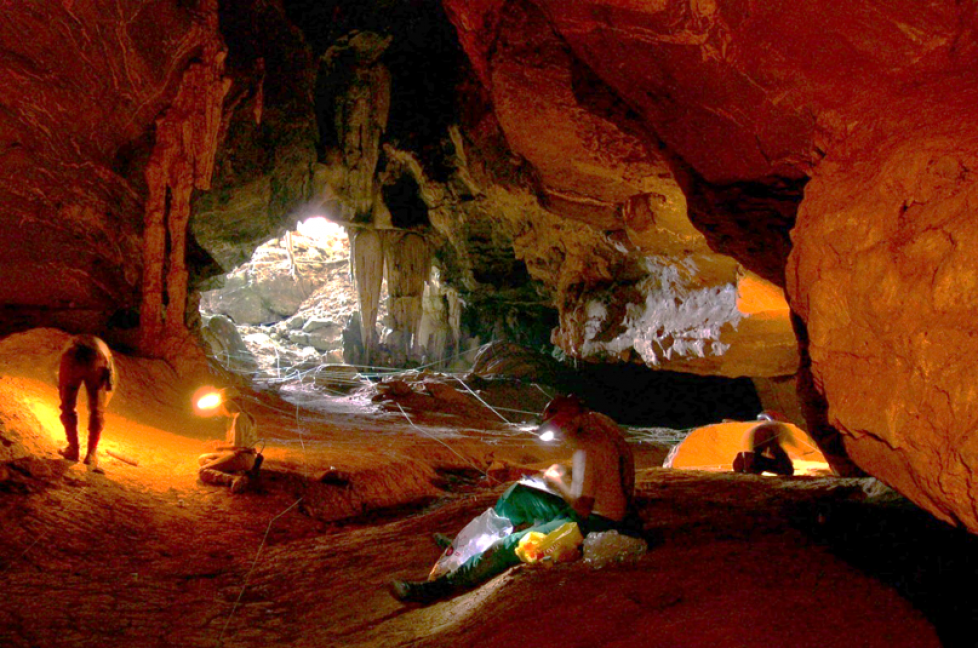Finished Projects

Ecotones in cave entrances
Cave entrances are transition zones with intermediate characteristics, greater environmental stability as compared to the epigean environment and greater availability of food resources compared to hypogean environments. There is a specific community associated with these interfaces, able to exploit their unique and intermediary characteristics, called the para-epigean community. Despite being part of the cave ecosystem as a whole, no study has ever comprehensively addressed cave entrance ecological zones. This study investigated the para-epigean community of the Lapa do Mosquito, identifying its composition and spatial distribution of its populations and explored their relationships with climatic and structural characteristics of the environment and trophic relationships. Altogether 12,438 individuals belonging to 483 morphospecies of arthropods were found. A para-epigean community was identified composed of 155 species, 55 exclusive to this community, 49shared between para-epigean and epigean, 37 shared between epigean and hypogean and 14 species distributed in the three communities. The para-epigean community was present in the region between the first 0 to 36 meters of the cave. Species richness ranged from 4 to 8 in hypogean sector regions, gradually increasing on approaching the entrance and reaching values of around 15 species in the epigean environment. The diversity was intermediate to those of adjacent environments. The luminosity is a filter that operates at the cave entrance and determines the presence and distribution of various species in the para-epigean community. As such, this community is an integral part of, and fundamental to the cave ecosystem as a whole. Planning actions for the conservation and management of caves must necessarily contemplate this community.


